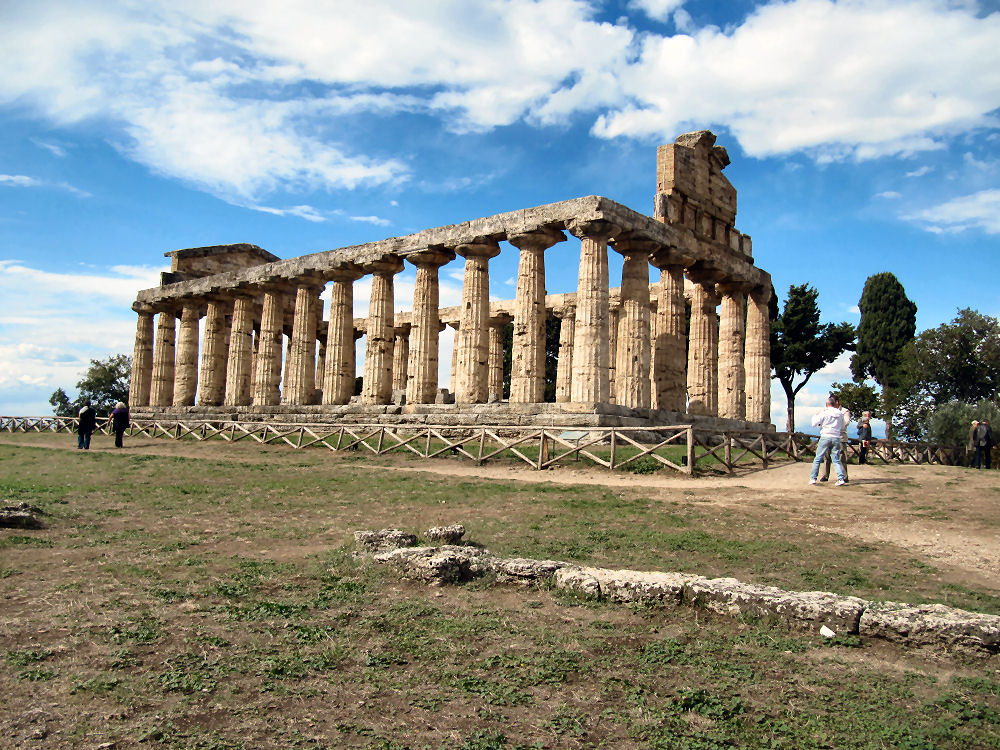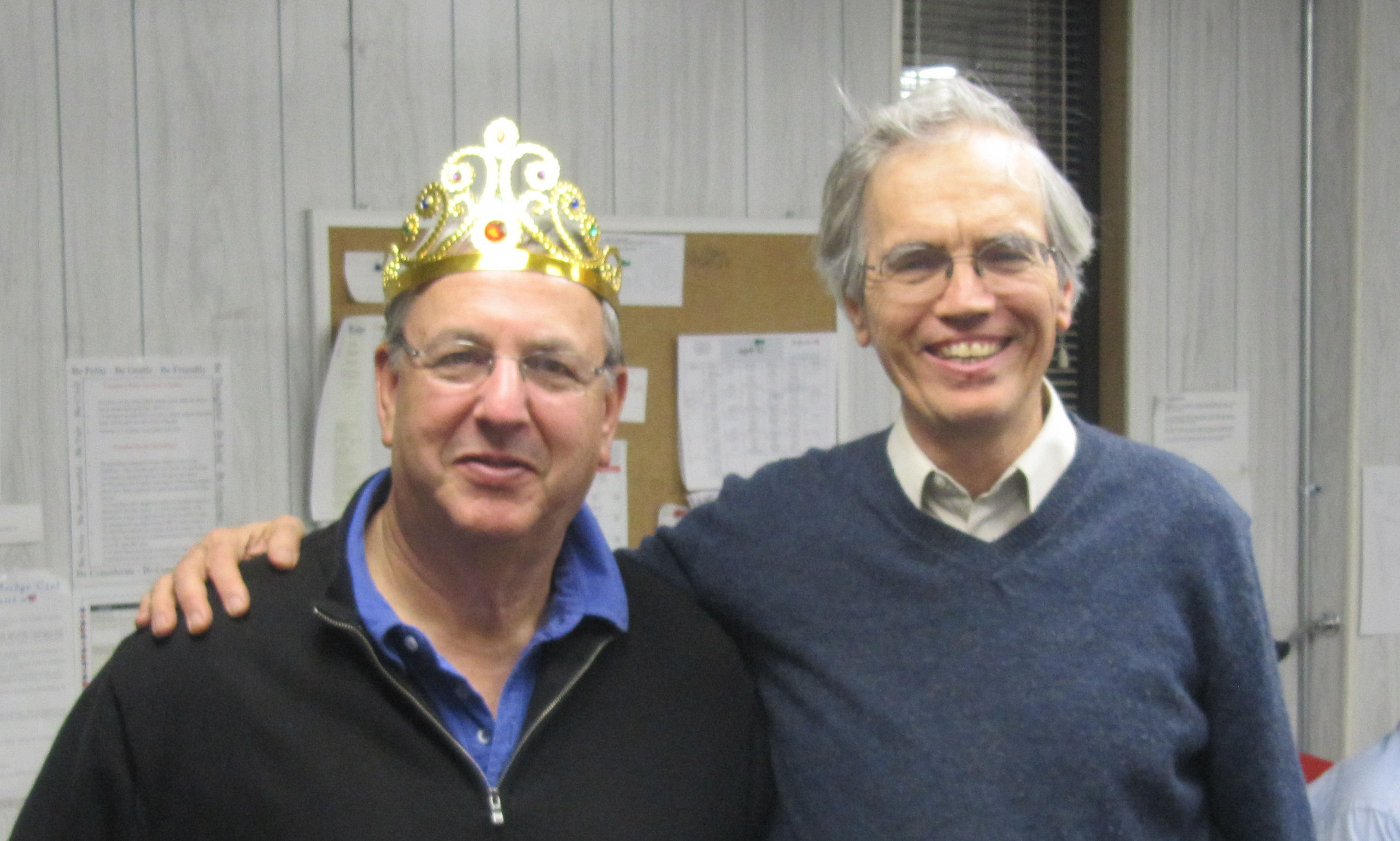You cannot even trust monks and priests. Continue reading →
Life in Europe was certainly different in the Middle Ages. Education, for example, was almost totally restricted to only one group of people, the monks. The most obvious effect of this isolation was the fact that nearly all Europeans — even the clergy and the nobility — were completely illiterate. Everything that anyone understood about the world was filtered through the monasteries. The monks decided both what knowledge should be provided to the current generation and what knowledge should be left for the next one.
A slightly less obvious effect involves historians of the era. Nearly everything that was written about the early middle ages was recorded by monks. If every monk had been unbiased and scrupulously honest, the record would still be hopelessly flawed because monasteries were not ubiquitous, and some monasteries kept much more complete records than others. In fact, however, the picture of the monk as a saintly tonsured scribe dutifully recording the activities of the day using the highest standards of modern journalism is laughable. Everything that was written was composed for some specific purpose, and veracity often took a back seat to persuasiveness.
Two examples can illustrate this point. The first is the case of Ademar of Chabanne, who lived from 989 to 1034. Ademar became enamored of the efforts of the monks of Limoges to promote the reputation of St. Martial, who had been sent to the Aquitaine region of France by Pope Fabian in the third century. Martial became the first Bishop of Limoge. The young monk took to heart the stories that were going around that Martial had been one of the original apostles and had actually witnessed the Last Supper and Pentecost. Ademar spearheaded a project to rewrite the official history of the saint to transport him back in time a couple of hundred years. He also implemented important changes, additions, and deletions to other historical documents that were in the possession of the abbey in Limoges to accord with this fiction.
Unfortunately for Ademar, some itinerant monks saw through his scheme and publicly humiliated him. Ademar, however, did not give up. Instead, he redoubled his efforts, but he did not make his work public. Instead, he secreted away all of his writing in the abbey’s scriptorium, where they were discovered approximately one generation later. By then Ademar had been dead for some time, and evidently no one remembered the fact that his respect for the truth had been severely called into question.
In fact, as incredible as it may seem, for nine centuries Ademar’s version of history was used as the basis of many historical analyses. Because he wrote well, he wrote a great deal — including a history of Aquitaine from the time of Charlemagne up to his day — and because he was one of the very few people in Aquitaine who put anything at all to parchment in the eleventh century, Ademar’s writings were not questioned for 900 years. Even after he was outed in the 1920’s as an inveterate liar, historians continued to quoted him.
Why would Ademar help promote a story that he almost certainly knew was a lie? Well, the cathedral in Limoges contained the relics of St. Martial. Pilgrims had always flocked to it as a holy site, but once the news spread of the saint’s reputation as one of Jesus’ companions, the number grew substantially. For a short while Ademar played an important role in the aggrandizement of the diocese, the community, and his monastery.
Richard Landes wrote a very entertaining account of this entire episode. You can read it here.
Another example is Ralph (sometimes called Raoul or Rudolph) Glaber, a monk who lived in the very famous monastery at Cluny, at least for a while. His most celebrated work is a five-volume history of the period 800-1040. Despite the fact that Glaber’s tome is replete with errors, it is difficult to find any historical work about the early middle ages that does not rely on it in one way or another. If nothing else, it is thorough. This is the work that popularized the fanciful notion that people freaked out as the year 1000 approached.
The last pope of the period about which Glaber wrote was Benedict IX. One would certainly expect that any Christian historian would be fairly knowledgeable about a contemporary Supreme Pontiff. At one point in his history, however, Glaber reports that Benedict was only ten-years-old when he became pontiff. Later in the same work he claims that Benedict was twelve when he assumed the throne. Both of these claims are now considered outrageously wrong. There is no record of Benedict’s date of birth, but we do know a good bit about his father, who held several important offices in Rome, and most historians now are confident that Benedict was no younger than twenty when he took the throne.
What these two men have in common is that they were both French monks. That not only gave them access to pen and parchment; it made them part of a community that was very active politically in the eleventh century. The idea that monks were men devoted to finding God in various mundane ways is grossly insufficient for explaining their role the eleventh century. The monks — particularly those at Cluny — were actively working to promote peace in Europe and to “reform” the Church, which, in the end, meant taking over the papacy. It was no coincidence that the last three popes of the century were monks with ties to Cluny.
So, if this were put in terms of political parties, in the first part of the century, the party of the noble Roman families controlled the papacy. In the middle, the emperor, with the support of the monks, appointed a few popes. In the last few decades, the monastic party held sway and brought the Church back to its Christian roots. At least that is what the history books say. On the other hand, one must remember that the monks wrote those histories, and some of those last few popes had so little power that they dared not set foot in Rome. During that time another man — now considered an anti-pope — was running the Church and claiming to be pope.







